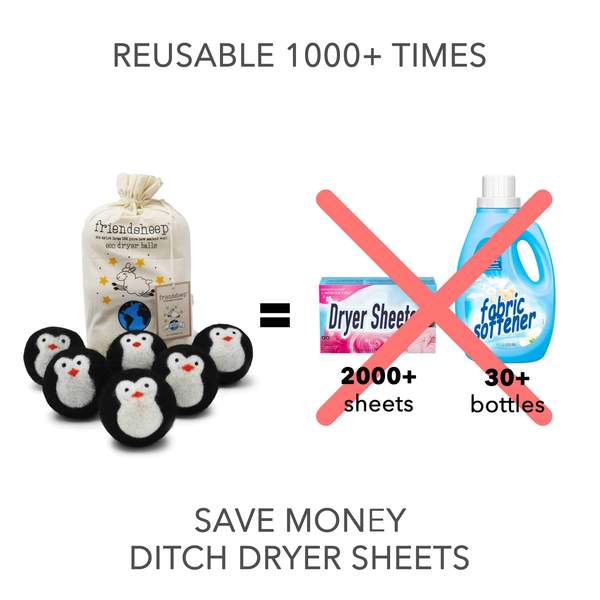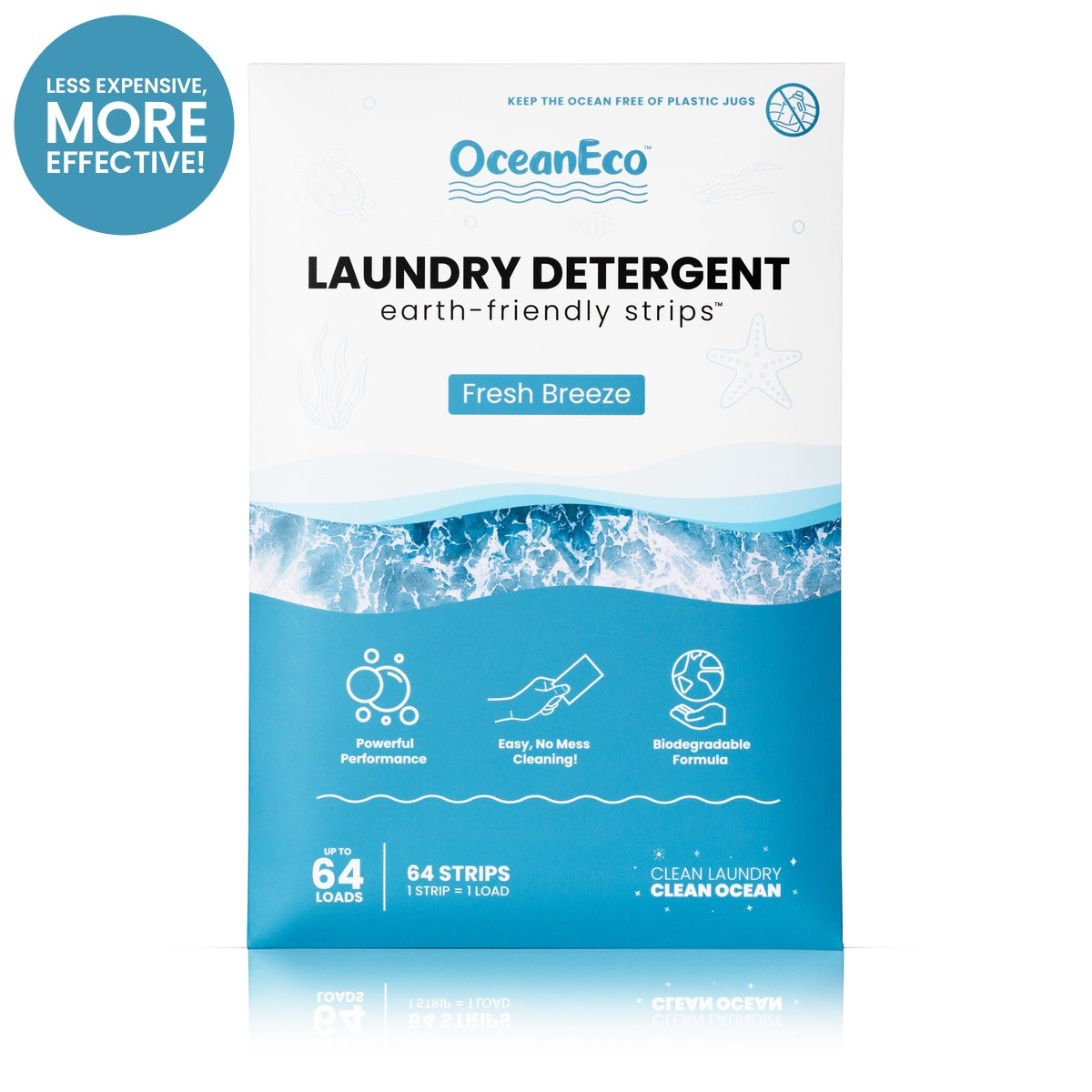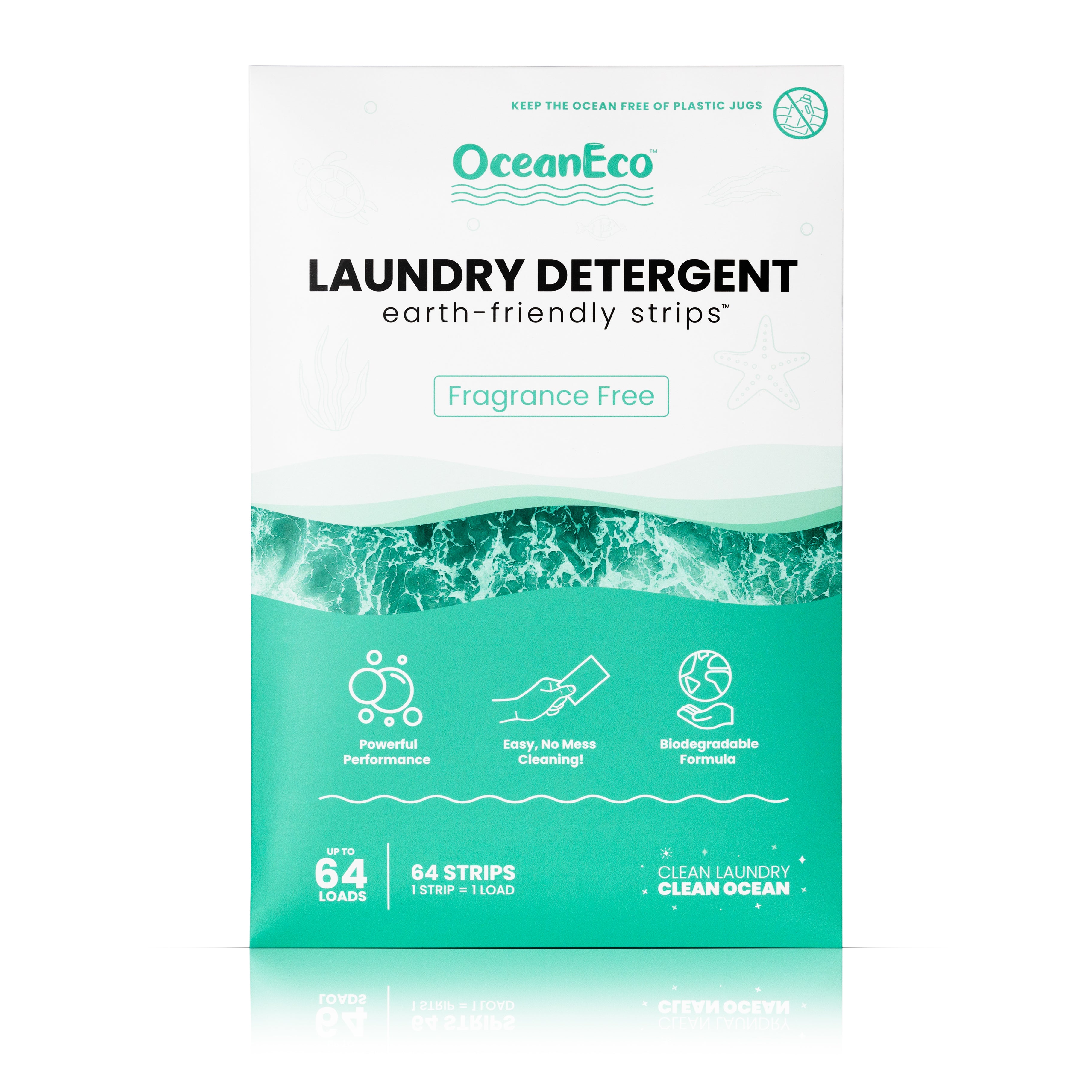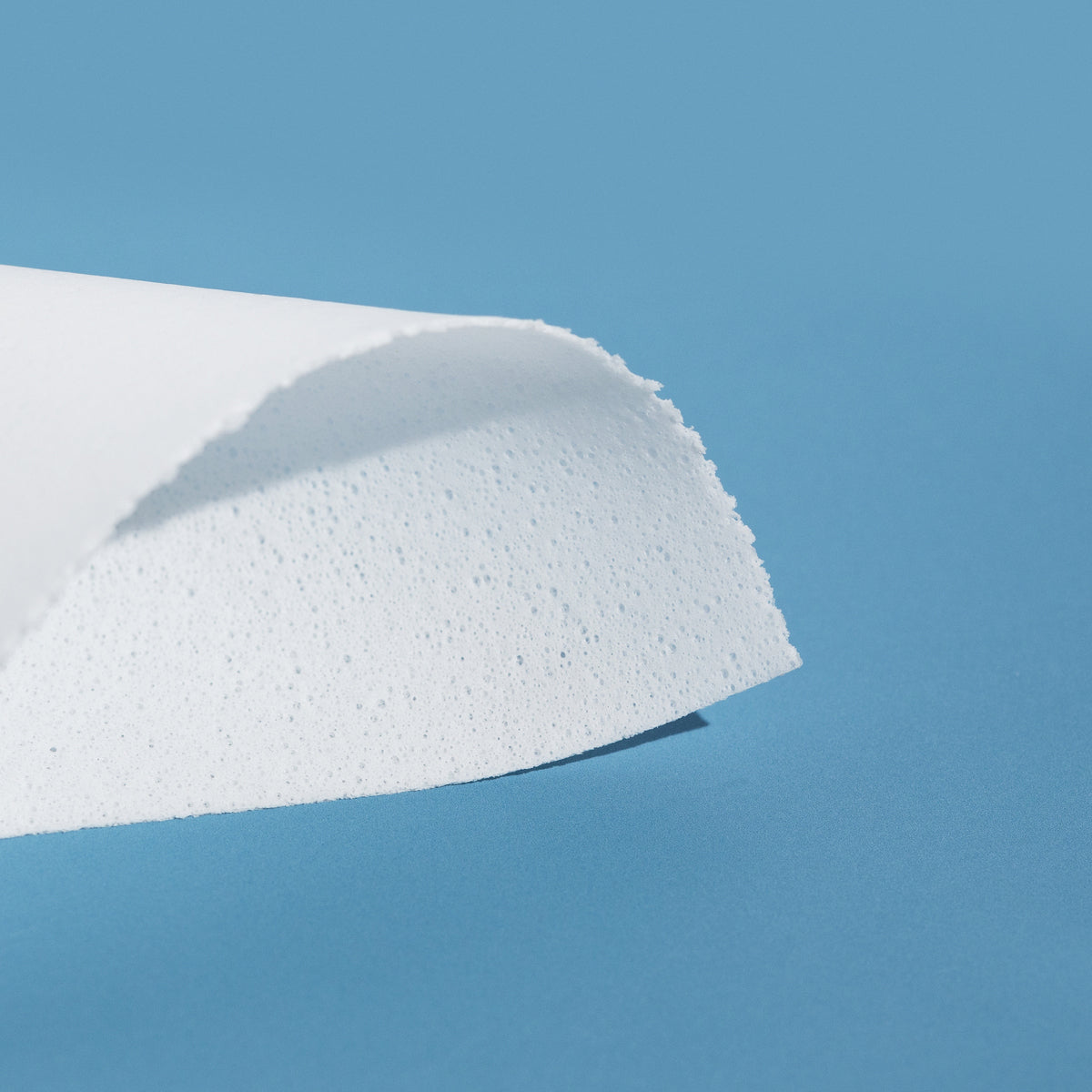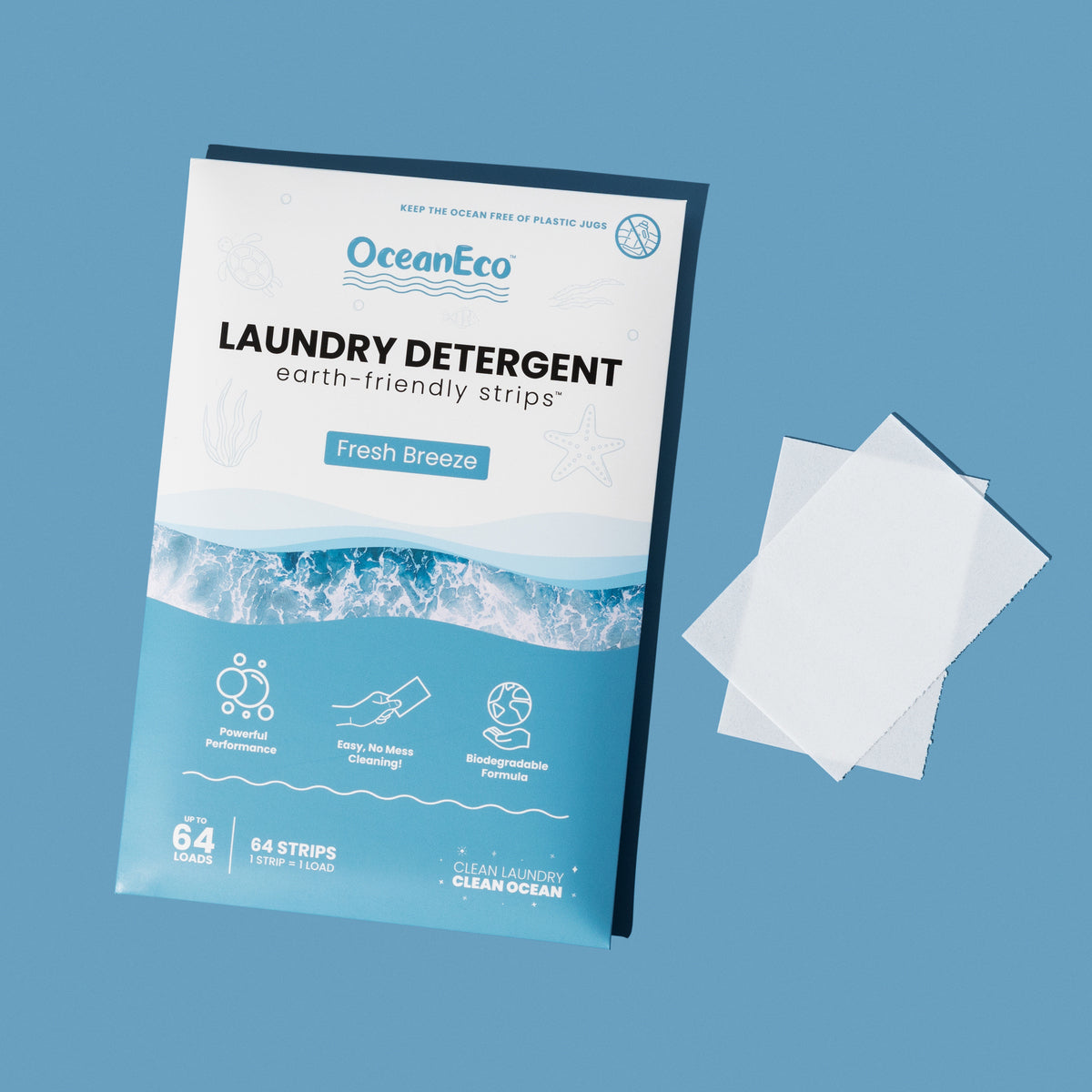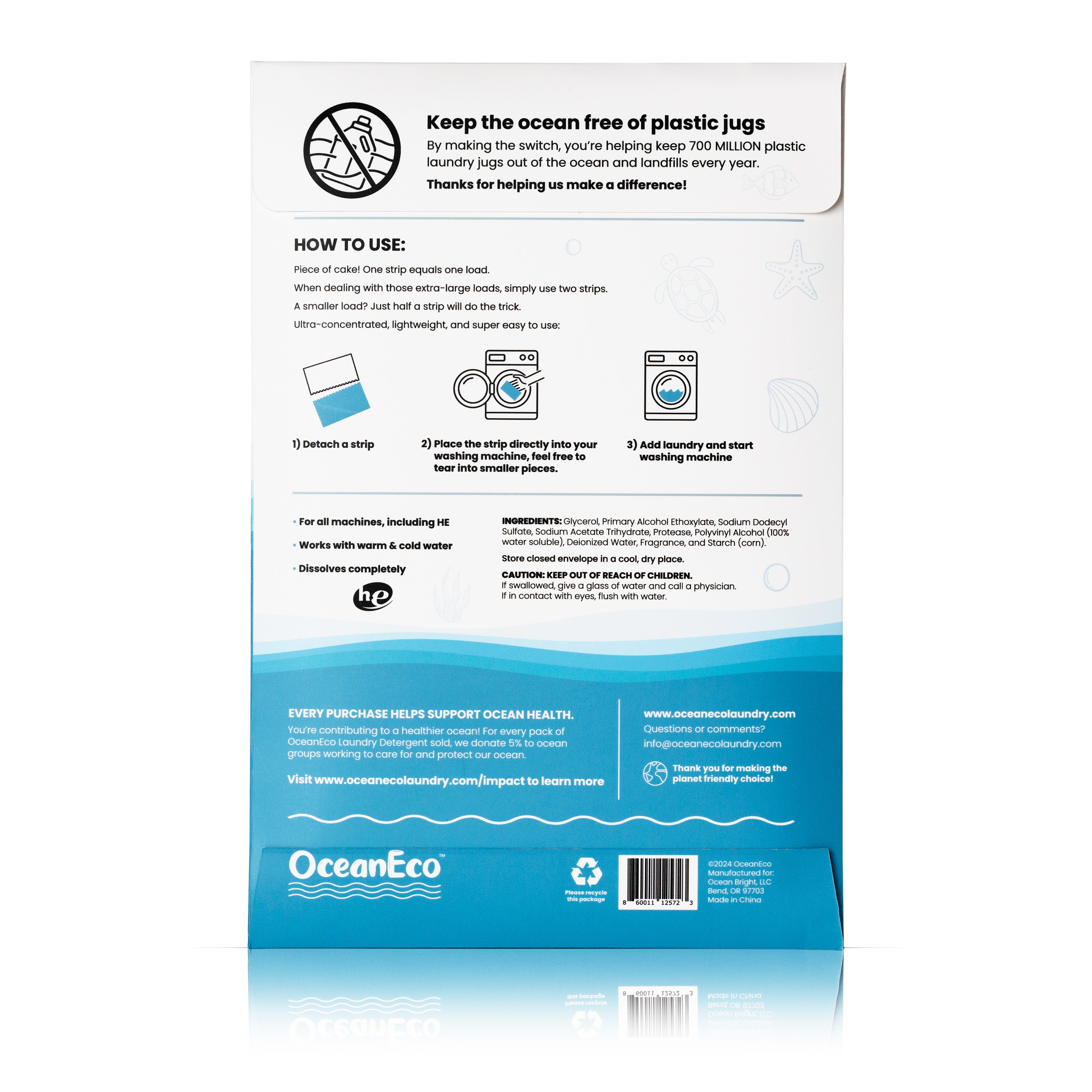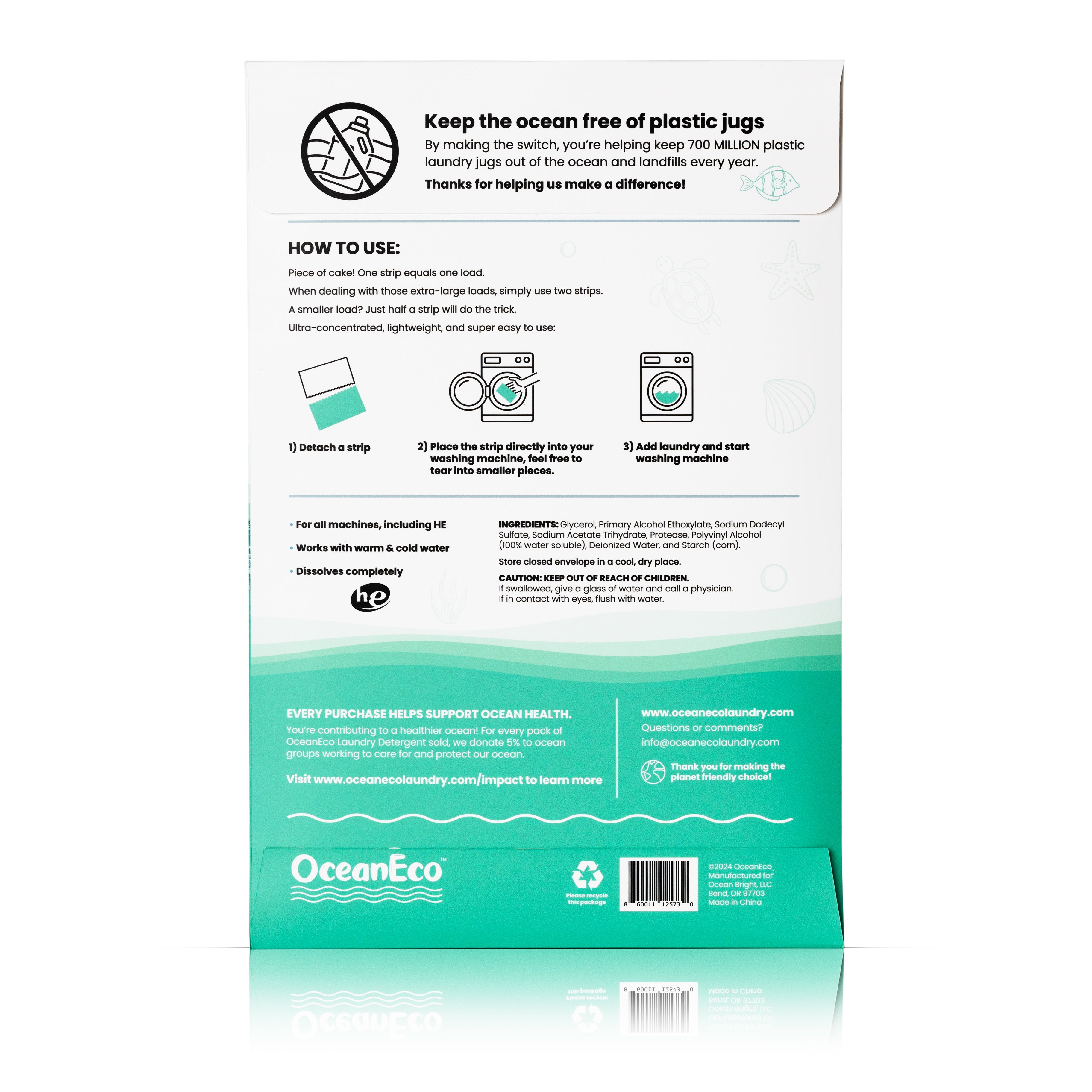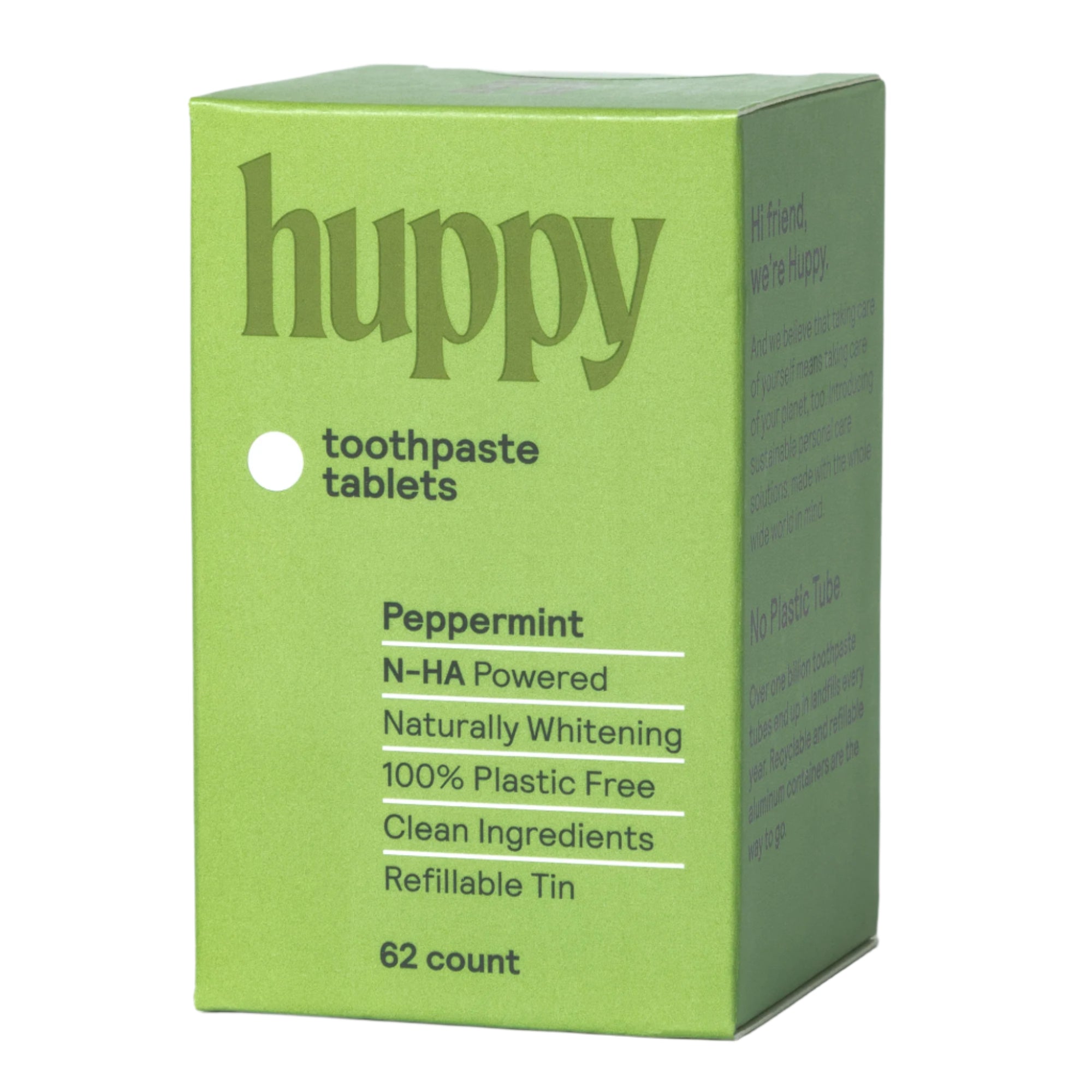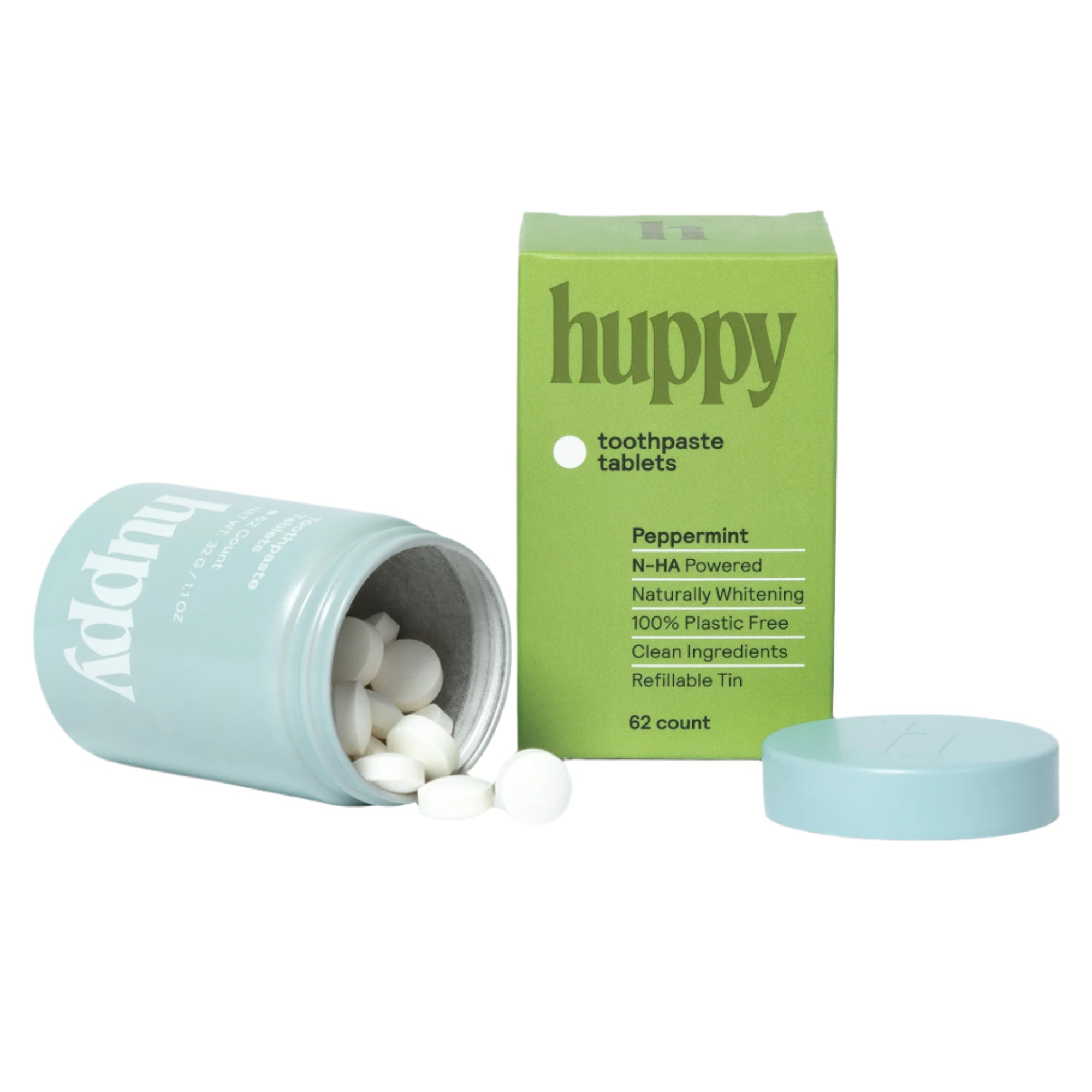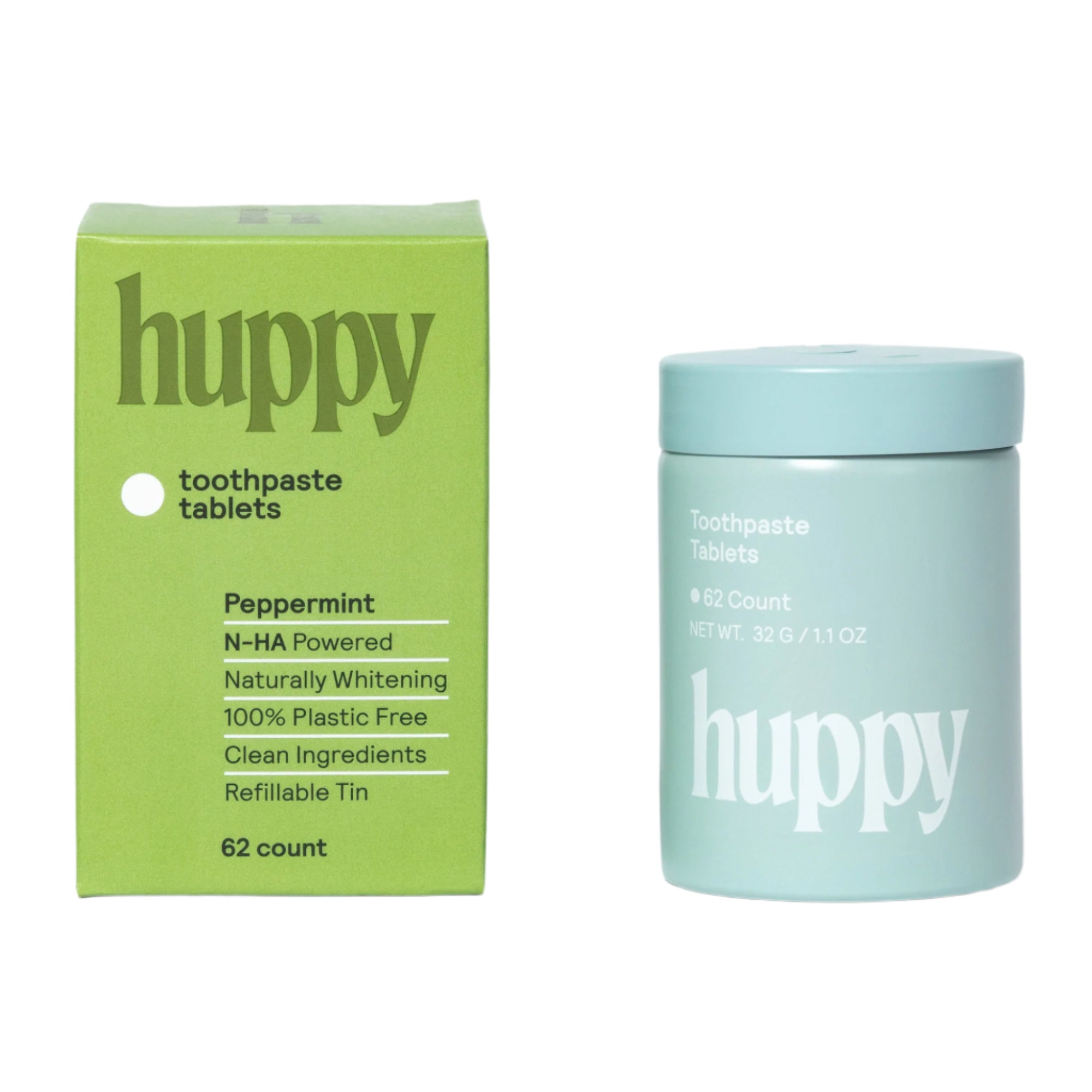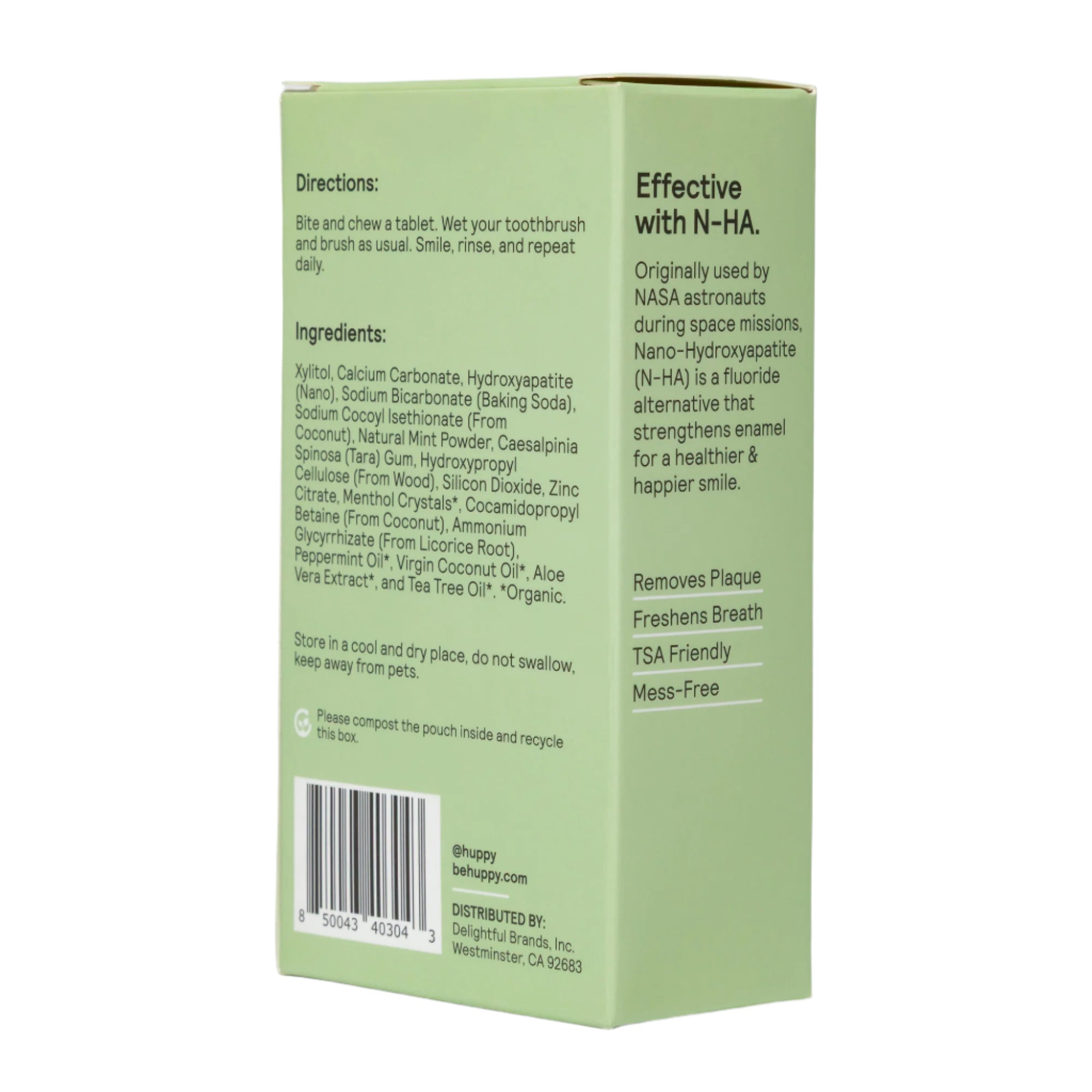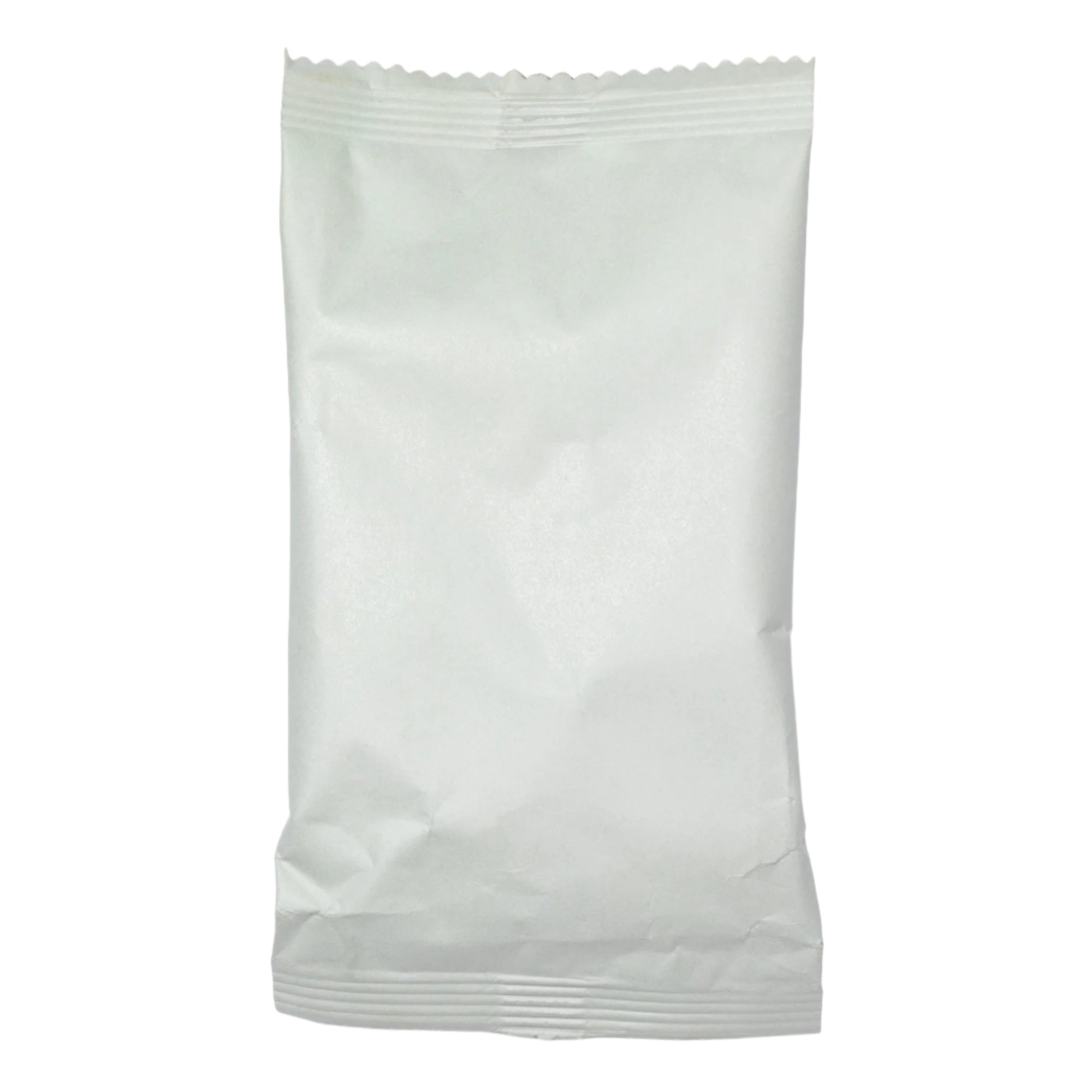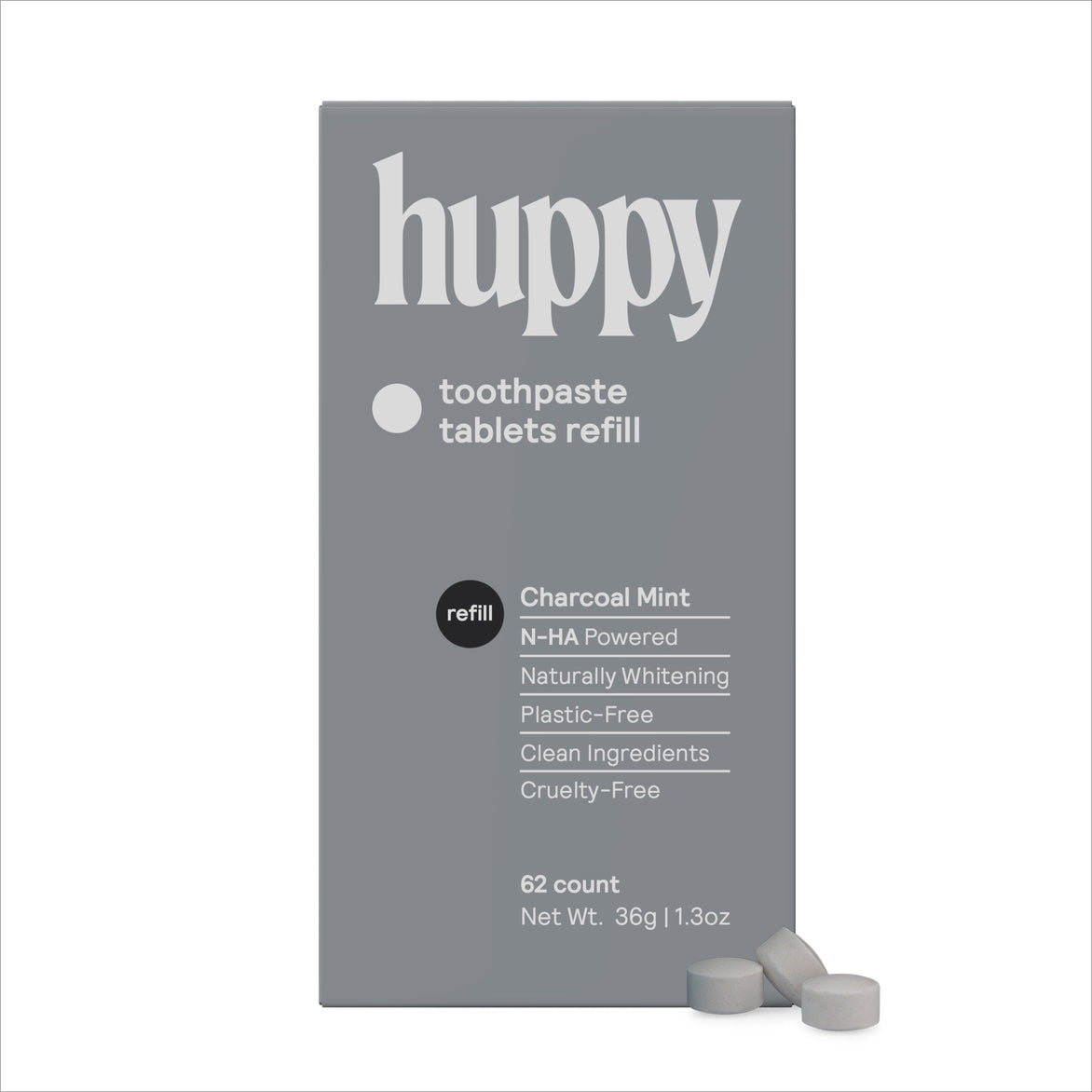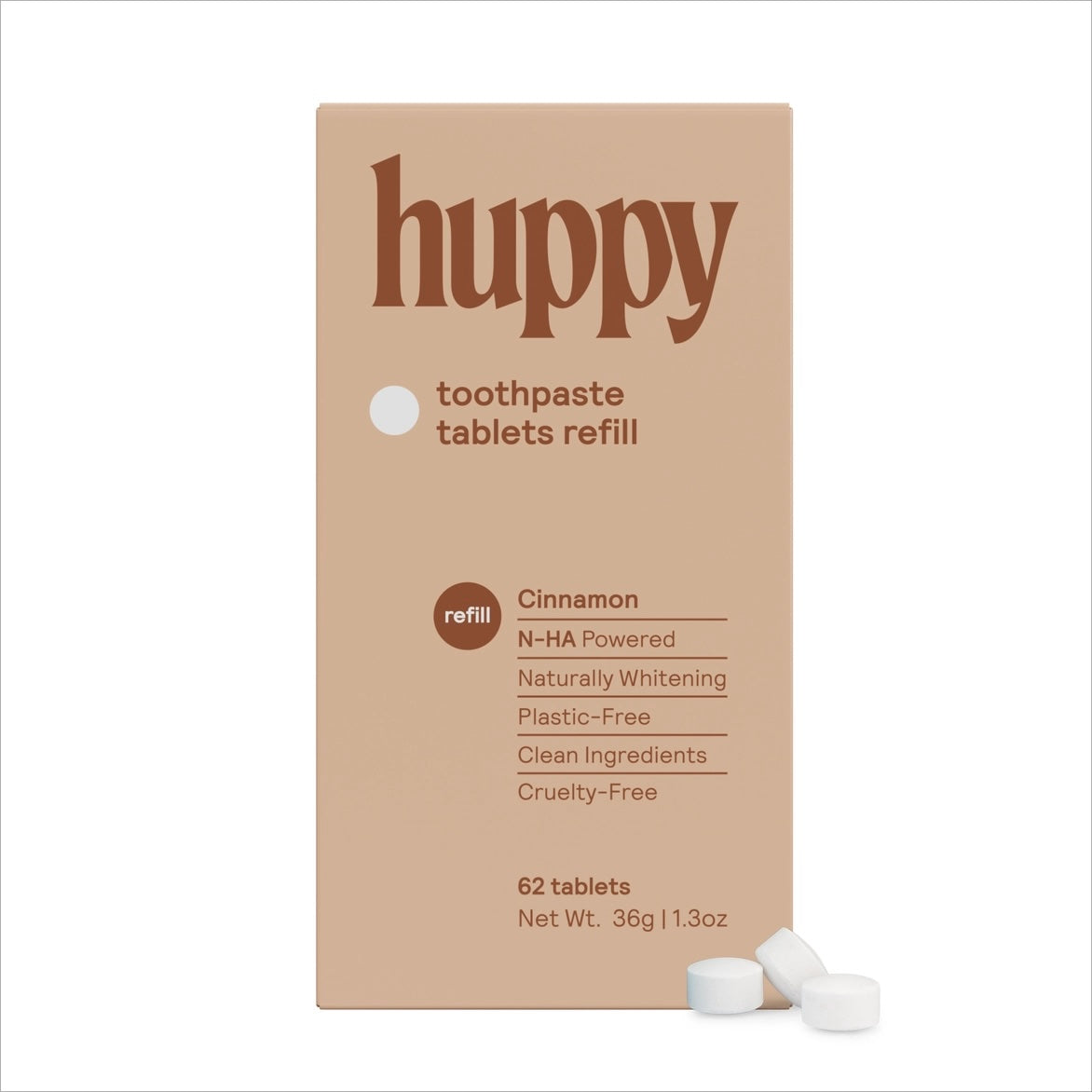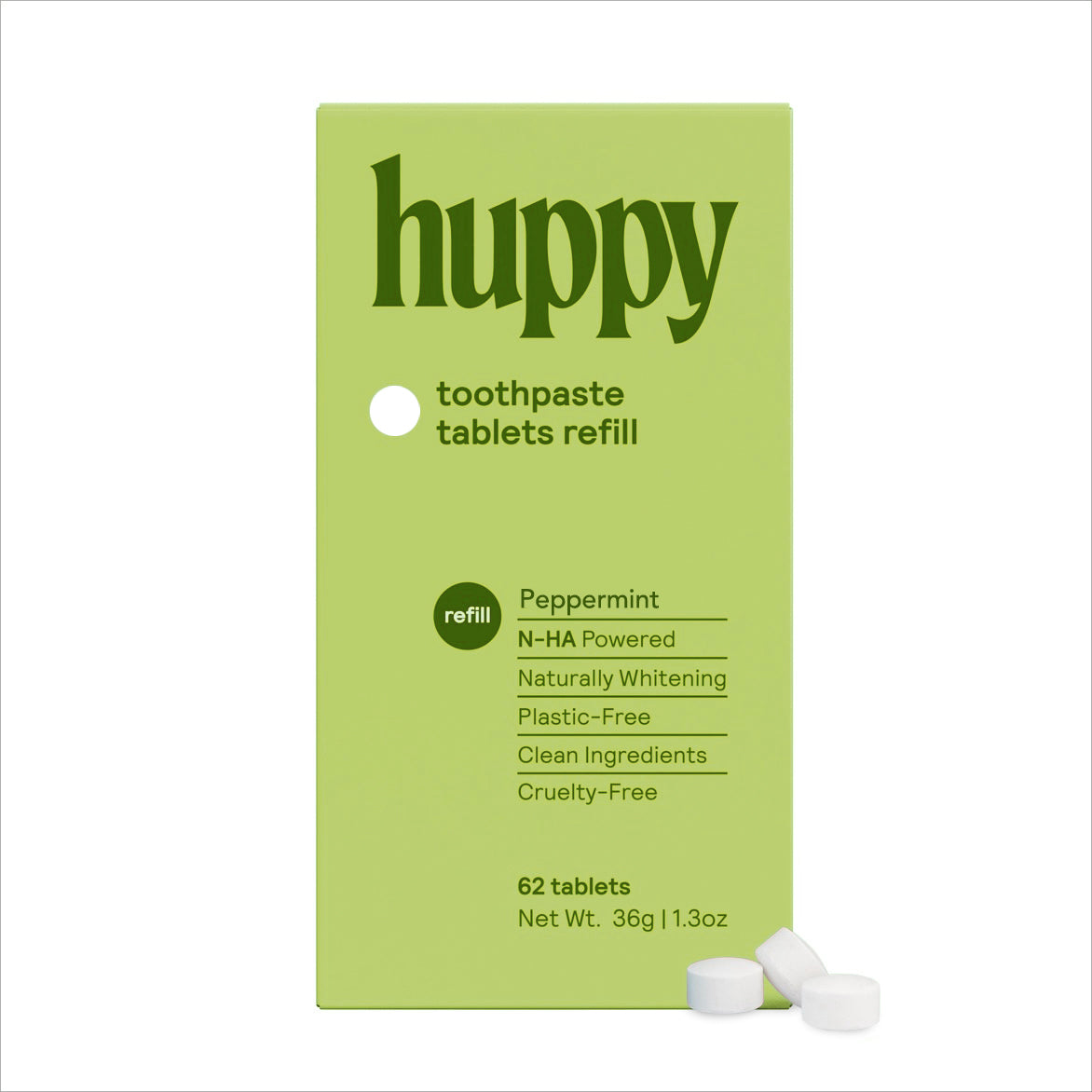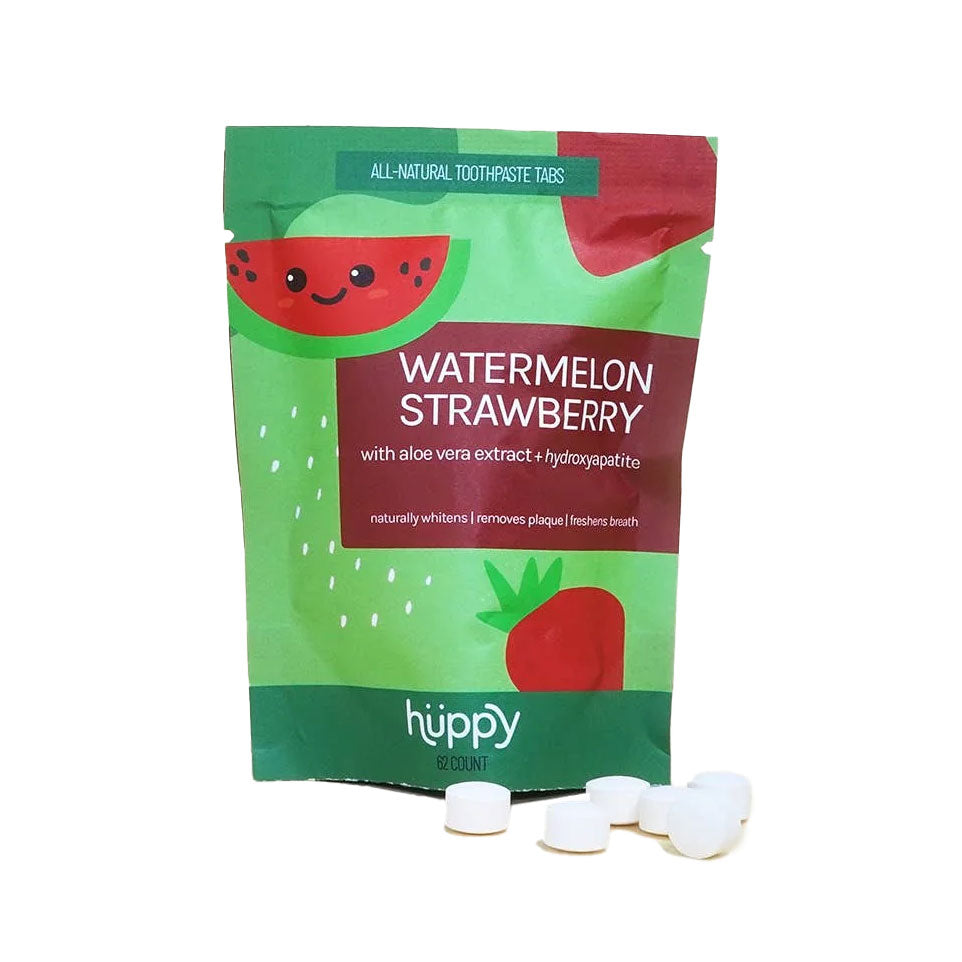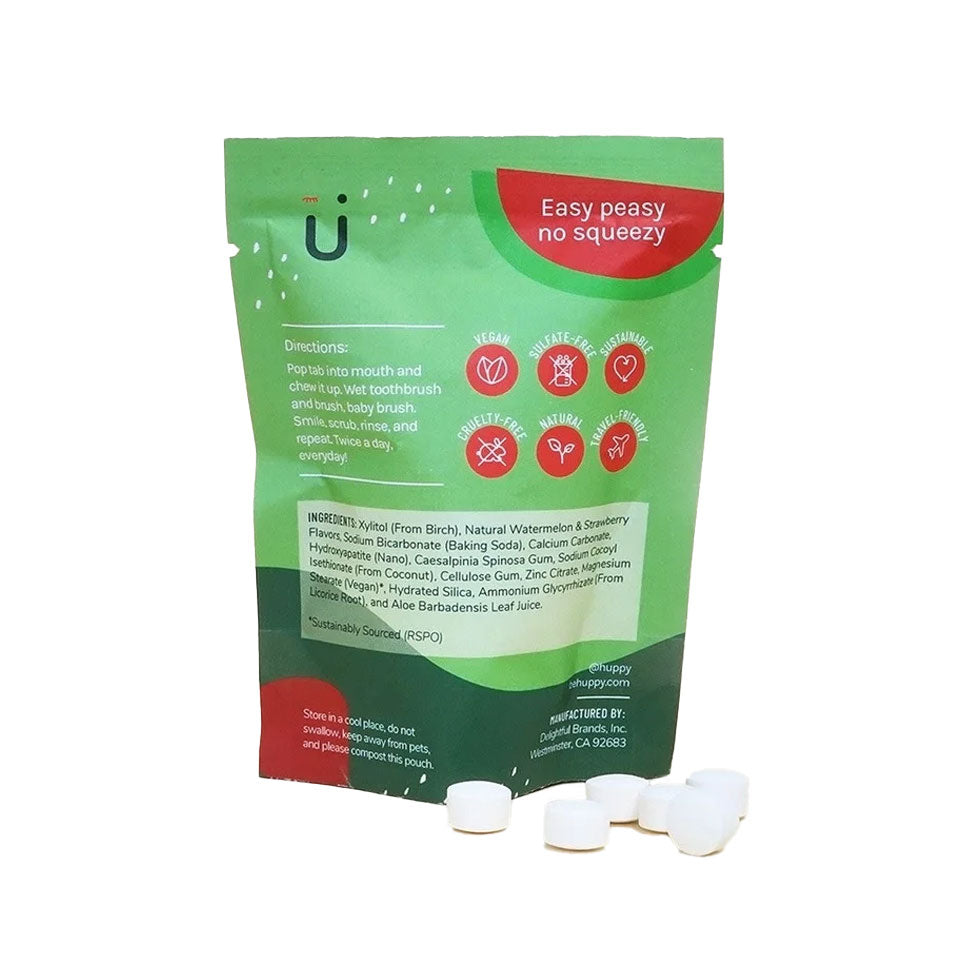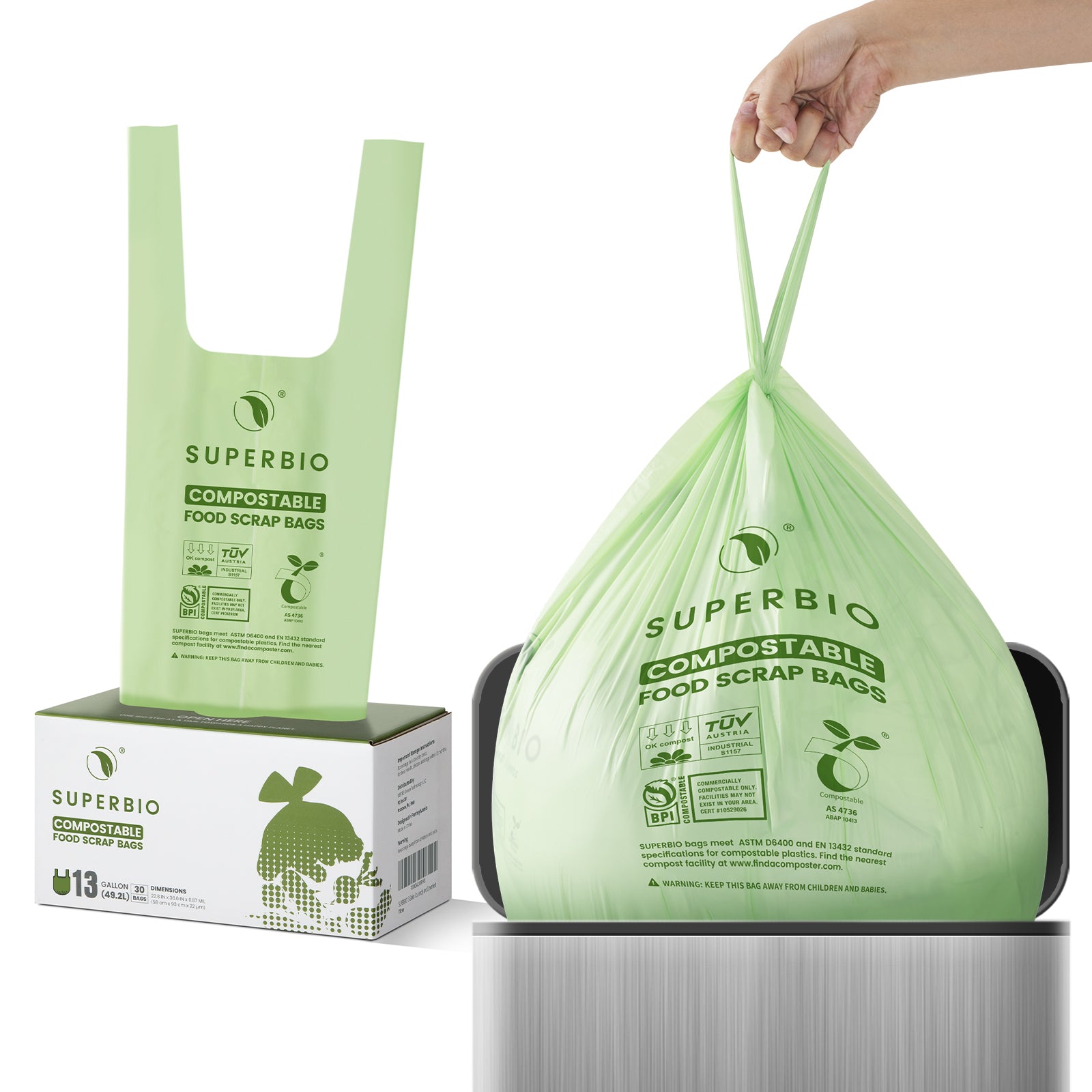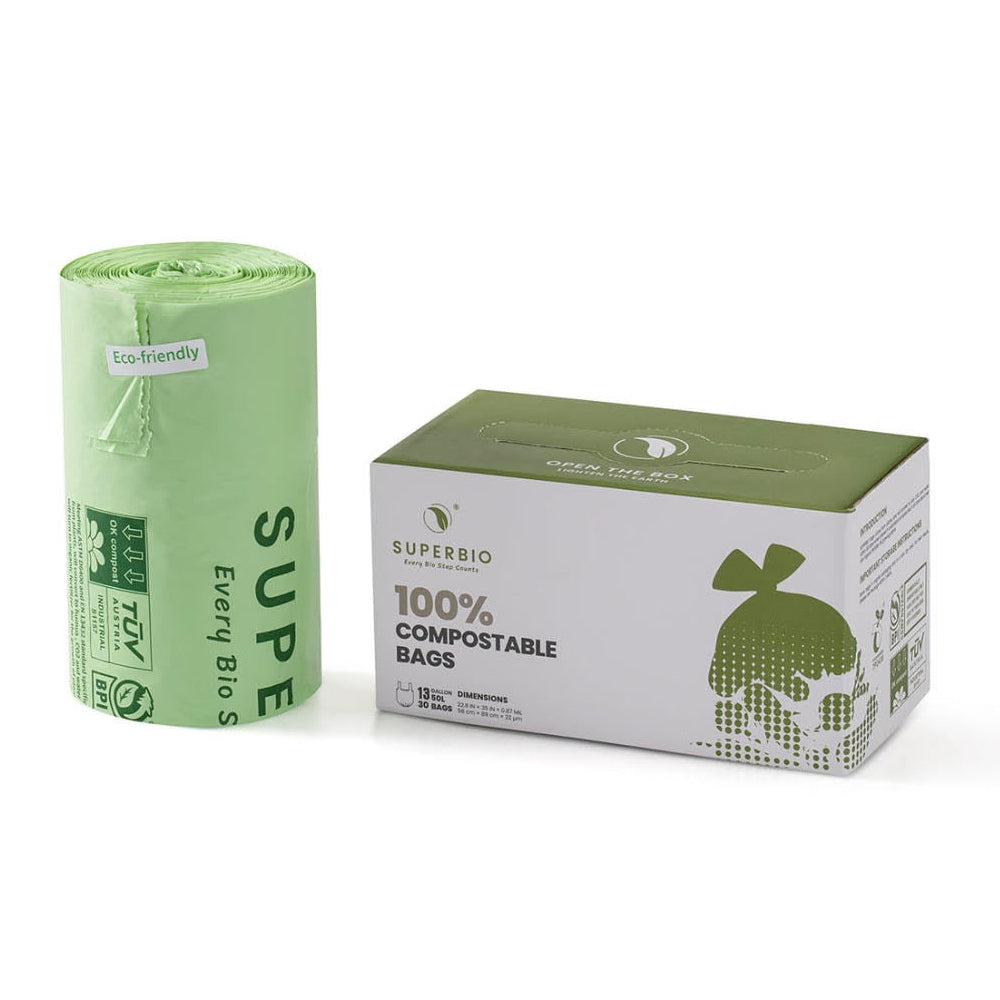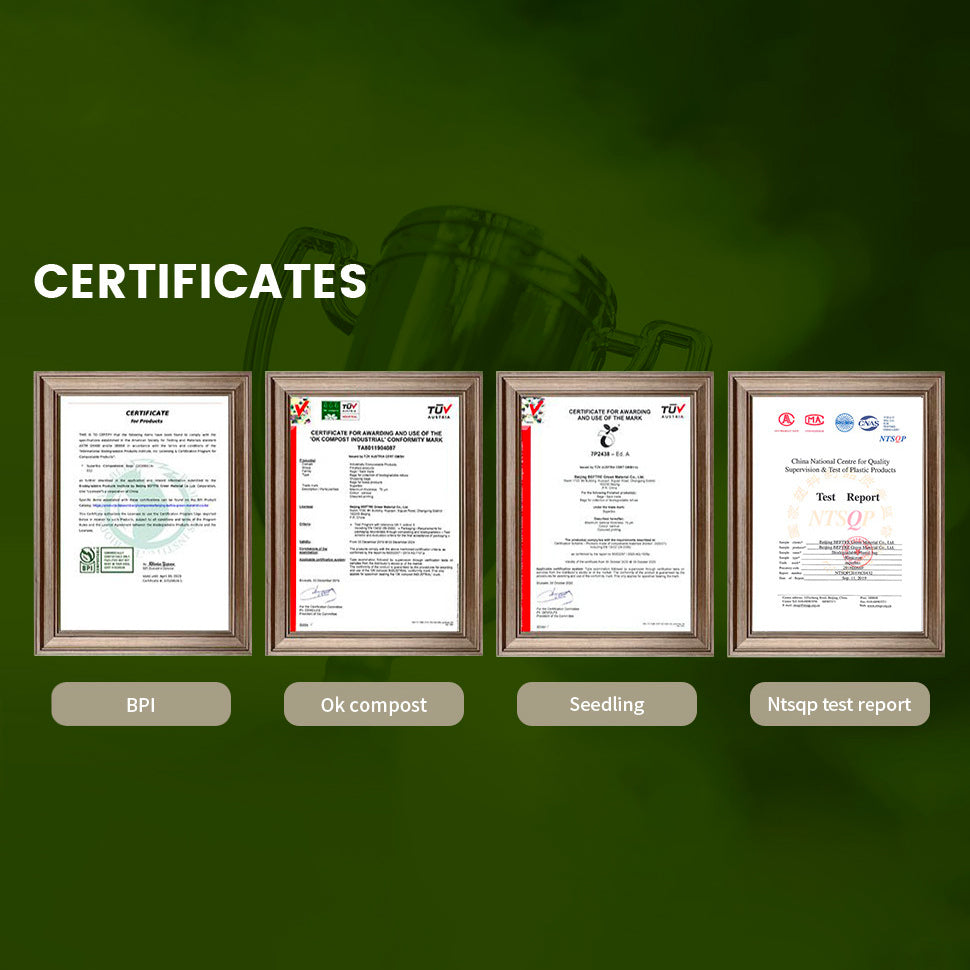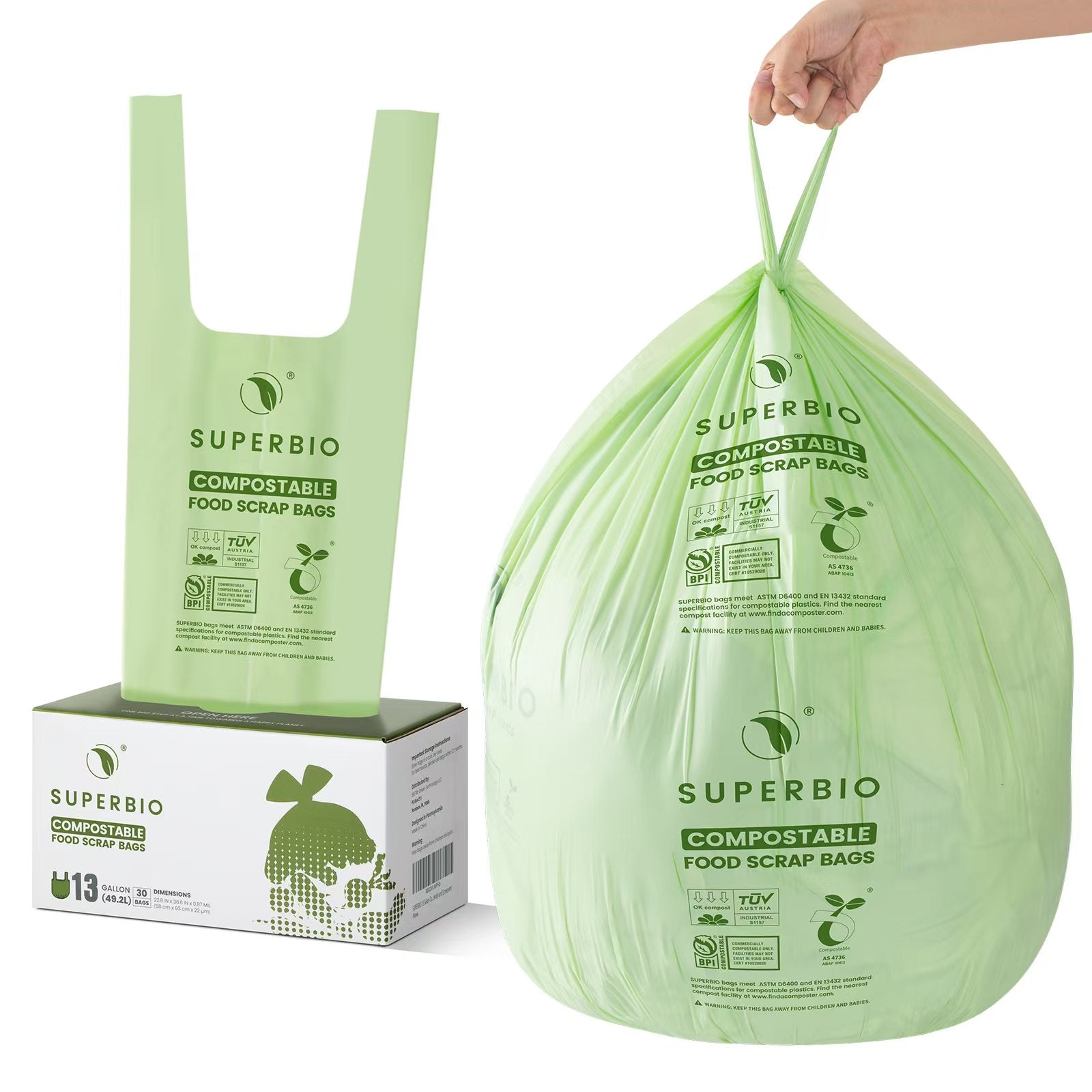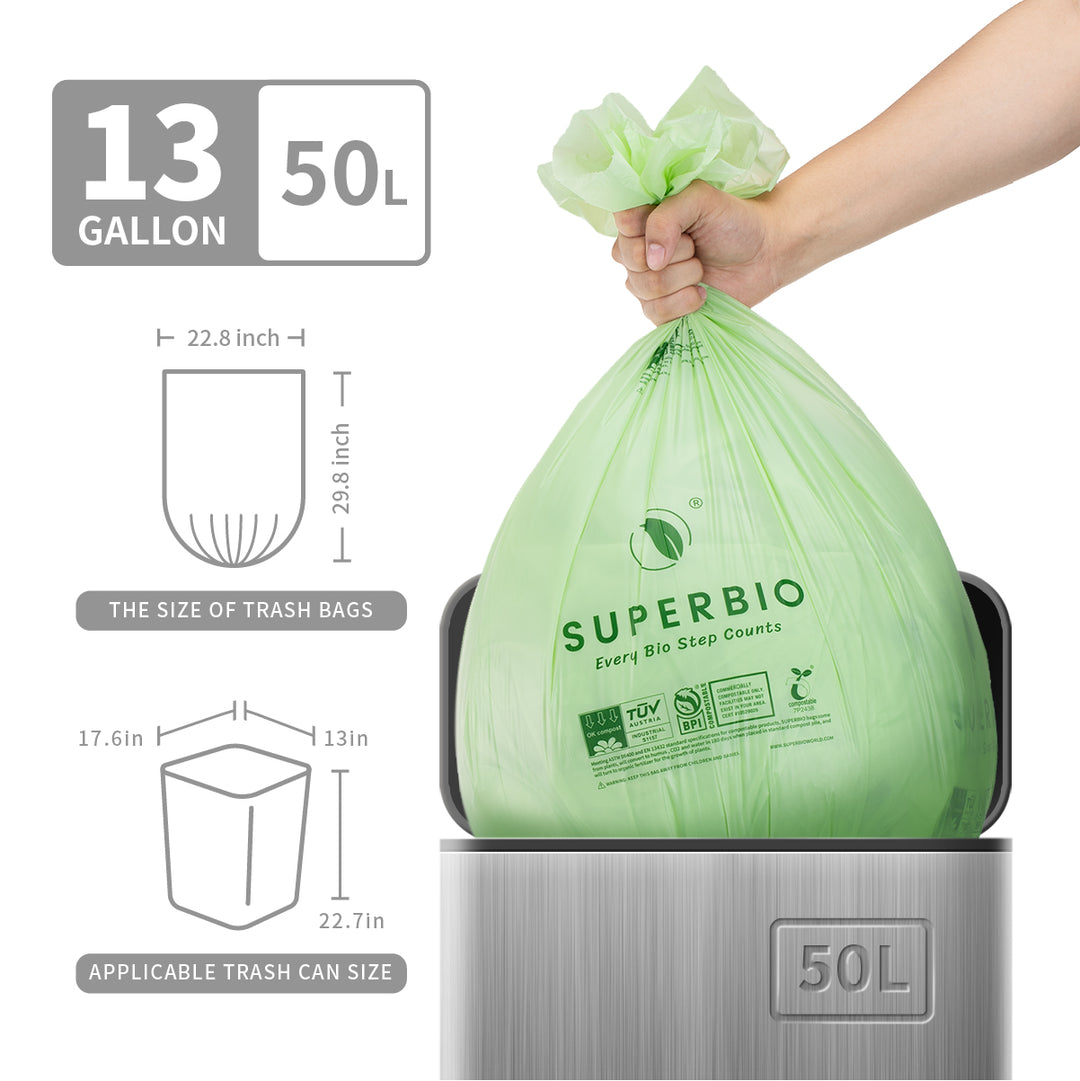Ocean Salinity Surge Signals Tipping Point — What Happens When Ocean Currents Shift?
Every second, rivers of saltwater flow beneath ship keels and satellite tracks, ferrying heat, nutrients, and even the weather itself around the planet. Scientists call this vast plumbing system “ocean circulation,” and it functions much like a planetary heartbeat—steady, powerful, and essential.
At the surface, swirling gyres guide storms and marine life, while in the abyss a slower conveyor belts water between basins, moderating temperatures worldwide, Woods Hole Oceanographic Institution explains.

Ocean currents redistribute heat across the globe.
Signals From the South
Recently, satellite sensors built by Barcelona’s Expert Center spotted an unexpected spike in surface salinity circling Antarctica. The finding, published in PNAS and highlighted by ICM-CSIC, shows that since 2016 the normally fresh skin of the Southern Ocean has grown noticeably saltier. Saltier water is heavier. It sinks faster, tugging heat from deeper layers upward and thinning sea ice from below—a recipe for faster melt and rising seas.
The salinity jolt also hints at a broader rearrangement of the Antarctic Circumpolar Current (ACC), Earth’s largest current. Paleo-records dug from South Atlantic seafloor cores reveal that the ACC has migrated poleward during past warm spells, venting carbon-rich deep water into the air, according to Phys.org. The pattern looks eerily familiar today.
When Winds and Water Shift
Currents do not move alone; they dance with the atmosphere. Strong westerly winds whip around Antarctica and drive the ACC like a belt on a giant pulley. As the planet warms, those winds have crept south, nudging the current with them.
Past migrations released extra carbon dioxide and altered global rain belts. The latest sediment evidence suggests the same mechanics are switching on again, raising red flags for future climate stability, the Cardiff-led team told Phys.org.

Saltier water sinks faster, pulling deep heat toward the surface.
Speeding Surface, Shifting Seas
It is not just the deep currents stirring. Computer models show most surface currents will accelerate in a warmer world, a trend that has already begun, NPR reports. Faster flows redistribute heat unevenly, lifting sea level in some regions while lowering it in others. Fish follow their preferred temperatures, so traditional fishing grounds can empty out overnight. Storm tracks also drift, reshaping flood and drought patterns on distant continents.
Not every headline about shifting currents proves accurate. Claims have circulated around the internet that the Deep Western Boundary Current had actually reversed—an event that would spell calamity. A closer look by Newsweek traced that story to a mistranslated press release.
There is no evidence of a wholesale flip. Yet the corrected research still paints a worrisome picture: the Southern Ocean’s fresh-to-salty flip weakens the stratified lid that once kept deeper warmth bottled up. The result is a self-reinforcing cycle of melting ice, extra salinity, and even more melting.

A weakened stratification layer allows deeper waters to vent CO₂.
Why It Matters Everywhere
The Southern Ocean absorbs roughly 40 percent of the heat and carbon that people add to the atmosphere each year. When its gears slip, the consequences radiate outward. More carbon stays airborne. Regional sea levels jump. Monsoon patterns that feed billions of people can sway. And the Atlantic Meridional Overturning Circulation—another crucial waterway—may feel the tug, as suggested by links between Southern shifts and Northern slowdowns, Woods Hole maintains.
A Future Written in Water
Ocean currents have always evolved, but today the changes are turbo-charged by human heat. Satellites, deep-sea drills, and climate models now let us watch the transformation in near-real time. The story is no longer a distant theoretical worry; it is unfolding in brine, wind, and ice right now.
Understanding these silent shifts is the first step toward curbing their reach—because in the liquid corridors that stitch the planet together, small deviations cascade quickly into global change.




























































































